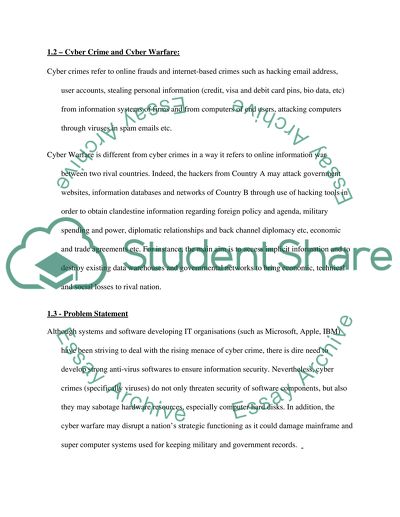Cite this document
(“Cyber Crime as opposed to Cyber warfare Essay Example | Topics and Well Written Essays - 2500 words”, n.d.)
Retrieved from https://studentshare.org/family-consumer-science/1408144-cyber-crime-as-opposed-to-cyber-warfare
Retrieved from https://studentshare.org/family-consumer-science/1408144-cyber-crime-as-opposed-to-cyber-warfare
(Cyber Crime As Opposed to Cyber Warfare Essay Example | Topics and Well Written Essays - 2500 Words)
https://studentshare.org/family-consumer-science/1408144-cyber-crime-as-opposed-to-cyber-warfare.
https://studentshare.org/family-consumer-science/1408144-cyber-crime-as-opposed-to-cyber-warfare.
“Cyber Crime As Opposed to Cyber Warfare Essay Example | Topics and Well Written Essays - 2500 Words”, n.d. https://studentshare.org/family-consumer-science/1408144-cyber-crime-as-opposed-to-cyber-warfare.


